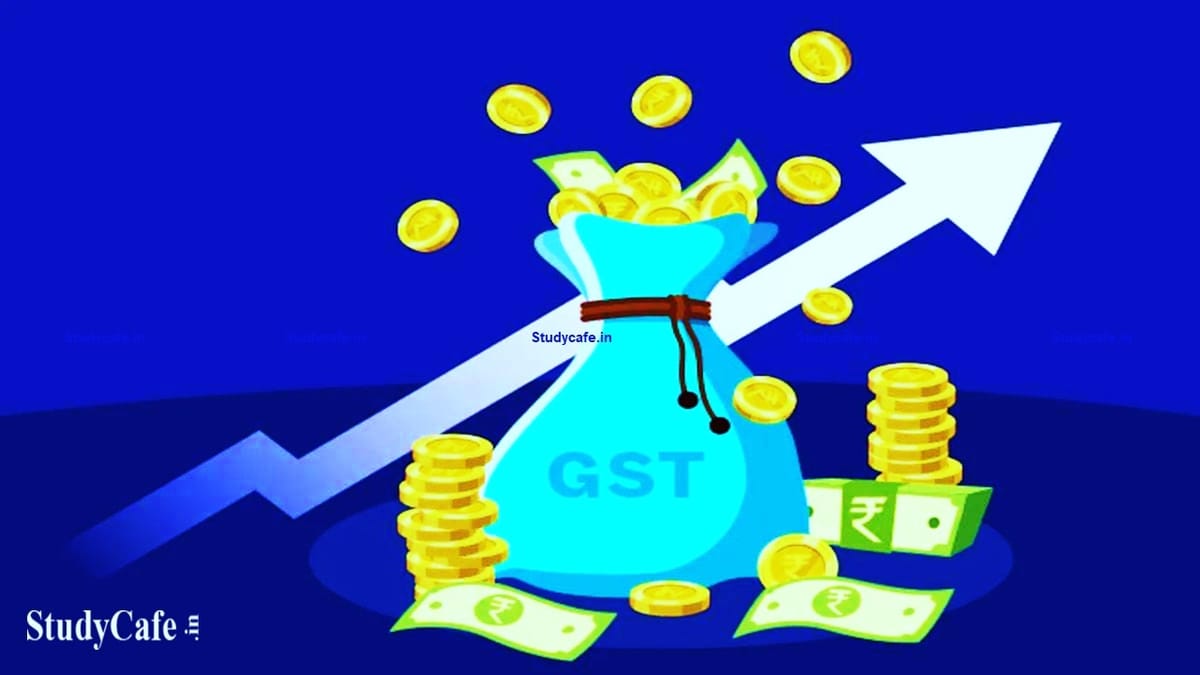Sushmita Goswami | Mar 7, 2022 |

GST Council May Increase Tax Slab From 5% to 8%
According to a report by the PTI news agency quoting sources, the GST Council may hike the lowest tax band to 8% from 5% at its next meeting. A group of state finance ministers is expected to deliver a report to the Council by the end of the month, recommending a variety of revenue-raising measures, including raising the lowest slab and rationalizing the slab.
GST is currently a four-tiered structure with tax rates of 5%, 12%, 18%, and 28%, respectively.
Essential items are excluded or taxed at the lowest rate, whereas luxury and depreciation products are charged at the highest rate. On top of the maximum 28 percent slab, luxury and sin products attract cess. This levy is used to compensate states for revenue losses as a result of the GST implementation.
According to the agency, raising the tax rate from 5% to 8% might generate an additional 1.50 lakh crore in annual revenue. According to calculations, a 1% increase in the lowest slab, which primarily contains packaged food items, leads in an annual income boost of 50,000 crore.
The Group of Ministers also wants to make GST a three-tier system, with rates of 8%, 18%, and 28%, respectively.
If the proposal is approved, all goods and services that are currently taxed at a rate of 12% will be taxed at an 18% rate. In addition, the ministers want to add more items to the various tax bands and remove those that are currently exempt from GST. Unpackaged and unbranded food and dairy products are currently GST-free.
With the GST compensation scheme about to expire in June, states must become self-sufficient and no longer rely on the federal government to close the revenue gap in GST collection.
The Centre pledged to compensate states for 5 years, till June 2022, and to protect their revenue at a rate of 14% each year over the base year revenue of 2015-16 when the GST was implemented on July 1, 2017.
However, due to a reduction in GST on a number of commodities, the revenue-neutral rate has fallen from 15.3 percent to 11.6 percent over the last five years.
“Now that the revenue neutral rate has dropped and the states are facing a $1 lakh crore shortage, efforts must be taken to make GST revenue neutral, and the only way to accomplish that is to rationalize the tax slab and crack down on evasion,” a source said.
Over the years, the GST Council has frequently caved in to the demands of business and industry, lowering tax rates. The number of commodities subject to the maximum 28 percent tax, for example, has decreased from 228 to less than 35.
Source: Live Mint and PTI
In case of any Doubt regarding Membership you can mail us at contact@studycafe.in
Join Studycafe's WhatsApp Group or Telegram Channel for Latest Updates on Government Job, Sarkari Naukri, Private Jobs, Income Tax, GST, Companies Act, Judgements and CA, CS, ICWA, and MUCH MORE!"